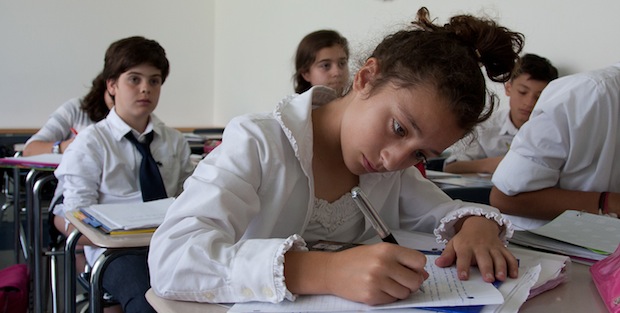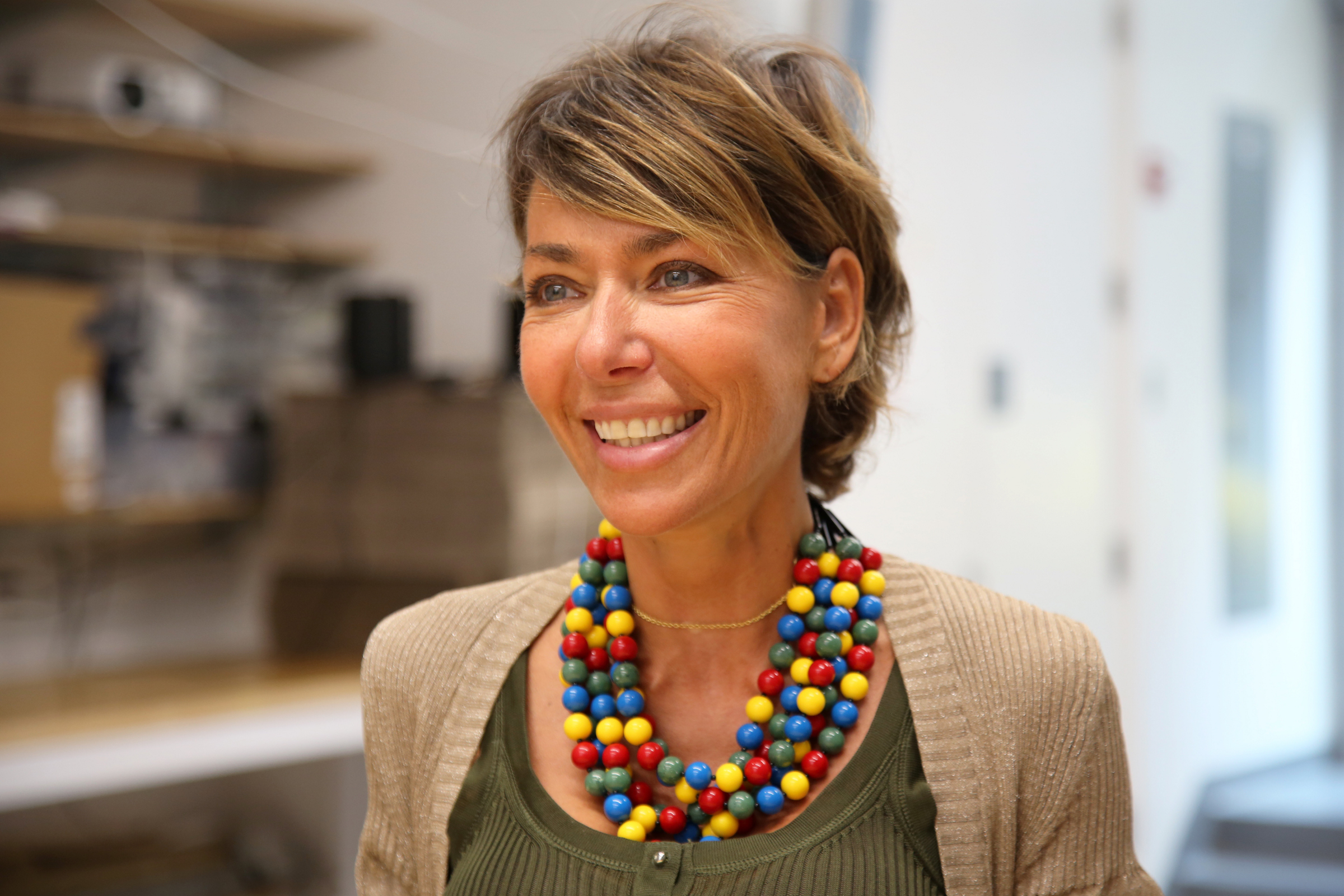In my early years as the director of a primary school in North America, I witnessed firsthand how the topic of teaching cursive writing actually drove some teaching teams apart. I remember an email message from one of the French directors of a bilingual school, who was asking: should he support his French colleagues who couldn’t have imagined abandoning the teaching of cursive writing, or should he follow the lead of his American colleagues, who no longer wanted to teach it because they felt their students would be better served in learning how to type?
Today, when many American schools no longer teach cursive writing, the debate among the French educational community in North America continues.
Scientific researchers have spent much time examining the topic, and have given us concrete examples about the positive effects of learning how to write in cursive form. MRI show that the same areas of the brain are activated when students read and when they write by hand.
“When the eye reads, the brain writes…by hand,” wrote Marieke Longchamp* and Jean-Luc Velay*, who are ardent supporters of the teaching of cursive writing.
From their research, we understand the importance of being able to distinguish between letters in learning how to read, and how the brain’s ability to identify each letter is enhanced by connecting it to a hand movement. These movements are then “etched” into the cortex somato sensoriel, or what we call the motor memory of the brain. This also explains why the teaching of reading should be accompanied by a kinesthetic movement or support (as we do in maternelle).
The situation is quite different when learning how to type on a keyboard, because the connection between each letter and a specific hand movement no longer exists. There are practical reasons for our children learning how to type, but there is a clear advantage in continuing to teach our students how to write by hand. It is up to us to make sure that we continue to teach it in our schools, if we want our students to continue to acquire good reading skills.
* Jean-Luc Velay is head of research at CNRS, the Institute of Physiological and Cognitive Neuroscience in Marseille. Marieke Longchamp is a lecturer in the Laboratory for the adaptation of motricity and teaching at the University Paul Sabatier in Toulouse.
Further reading on the topic:
http://www.cerveauetpsycho.fr/ewb_pages/f/fiche-article-clavier-ou-stylo-comment-apprendre-a-ecrire-21324.php
http://www.sciencedaily.com/releases/2011/01/110119095458.htm
http://www.logicofenglish.com/resources/
About the Author :
Vannina Boussouf a grandi en Corse, une île où le bilinguisme fait partie de l’identité et de la culture locale. Elle a étudié l’anglais et l’espagnol à l’Université de Corse, puis la philologie et les lettres à Cordoue en Espagne, avant de travailler comme institutrice et directrice d’école. Vannina est partie aux Etats-Unis en 2004, où elle a enseigné dans une classe bilingue français/espagnol à l’International School en Louisiane. Elle a rejoint le Lycée en 2007 en tant que Directrice de l’école primaire. Elle s’intéresse particulièrement aux techniques d’enseignement innovantes dans un environnement bilingue.



